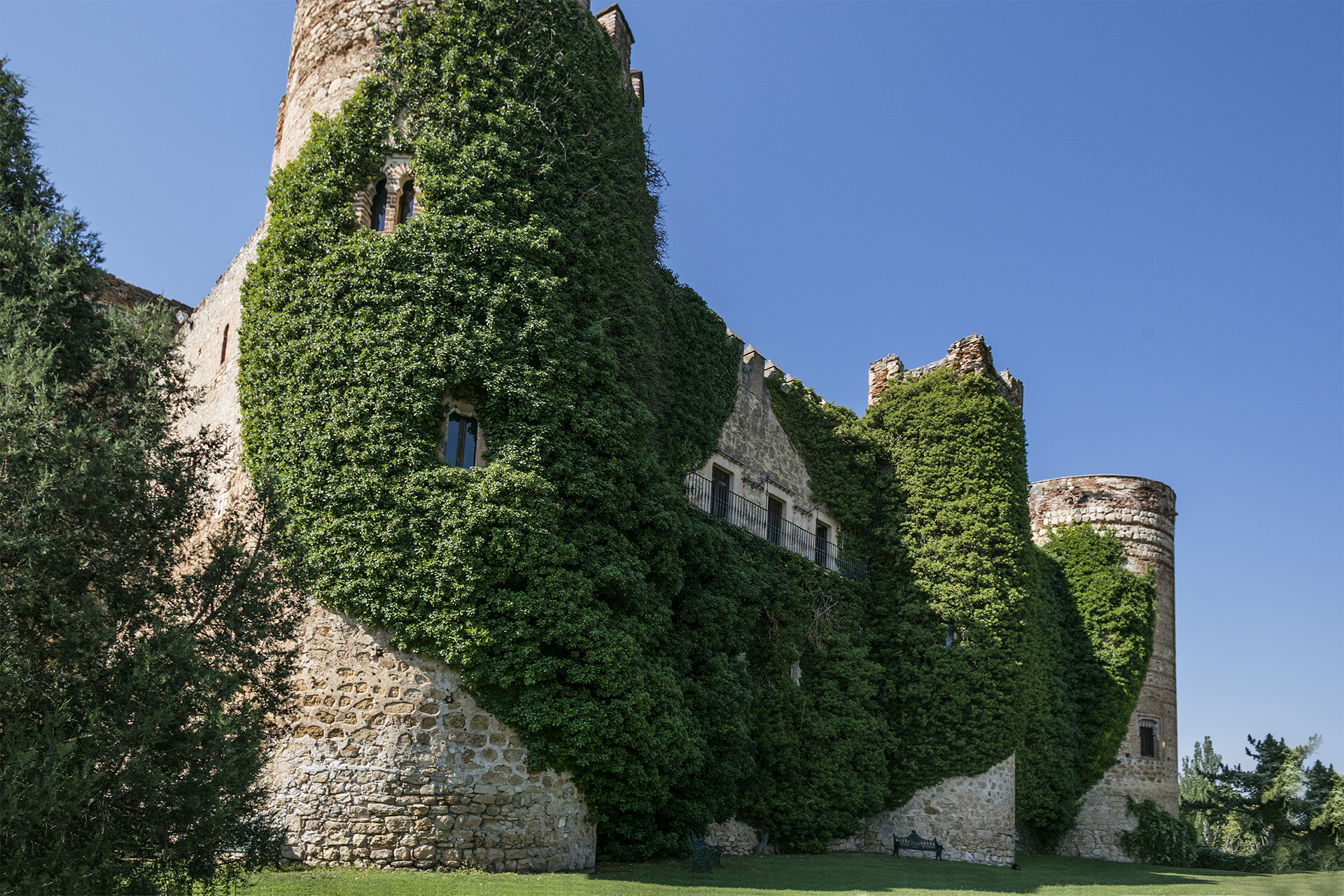A journey through time
Join us as we delve into the architectural history of our country and take a tour of six of our exceptional properties.
Spanish towns and cities are well-renowned for their impressive cultural and architectural riches, with Spain holding the third highest number of World Heritage Sites - 47 in total.
Helping to preserve, restore and extend the lifespan of a property means we contribute to its identity and become an integral part of its history, something that really does give us immense satisfaction.
Lessons from the past
One of the reasons that Spanish architecture is so revered the world over is the incredible variety on offer.
Up and down the country, we find immense monoliths built to the most exacting of standards, eye-catching architectural designs and historic monuments interspersed within their more modern surroundings. The passing of each century left its own indelible mark in the form of landmark sites and properties, allowing us to now journey into the past and further deepen our knowledge of our magnificent culture.
Spain has megaliths dating from the Stone Age, along with UNESCO World Heritage Sites - whether of Roman construction, such as the Segovia aqueduct, or buildings dating back to the Umayyad dynasty, such as the Mezquita in Córdoba - not to mention the more recent architectural masterpieces such as Gaudí’s Sagrada Familia and the Hospital de Sant Pau in Barcelona.
A unique combination of factors has contributed to the historical and cultural wealth of Spanish architecture, including the Moorish presence, Christianity, Gothic and Renaissance style and a whole host of other foreign influences.
The blending of old and new, coupled with a talent for ensuring each construction sits in splendid harmony with those around it, really marks out Spanish architecture worldwide. It is also the source of our inspiration here at The Singular Space when considering what’s next for the spectacular buildings we have in our collections.
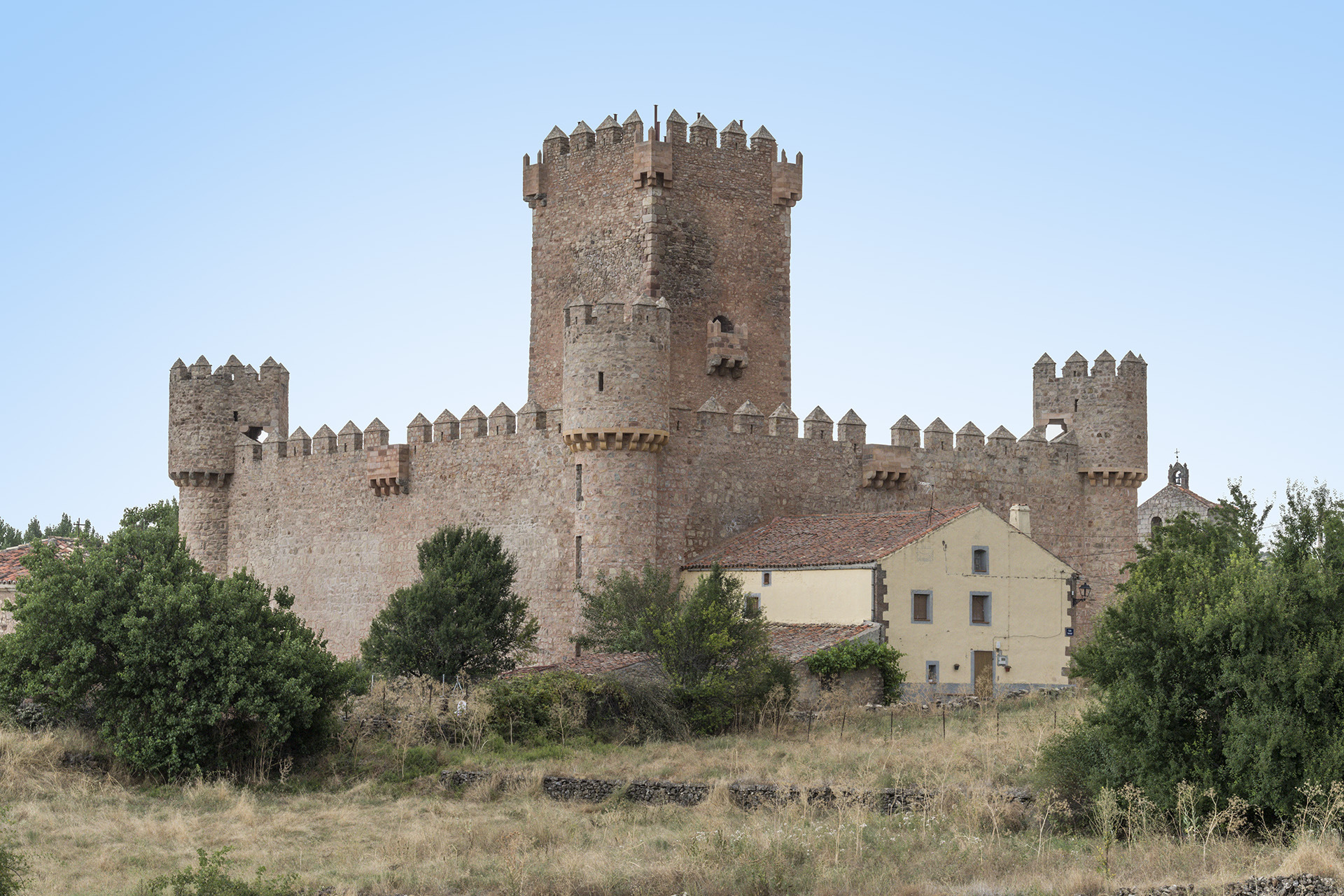
Let’s begin our journey
First up, we head to those UNESCO World Heritage Sites, home to six of the properties on our books, each of which are unique historical masterpieces with enormous potential.
Our first stop is an exclusive cigarral in a splendid natural setting with breathtaking views of Toledo.
Toledo has undergone its fair share of restorations over the course of history: Roman town, capital of the Visigoth kingdom, stronghold of the Emirate of Córdoba and advanced command post for the Christians in their fight against the Muslims. Its monuments are testament to the various civilisations which have called it home.
In their bid to seek refuge from the intense heat of the summer sun, the old country homes located outside Toledo drew their inspiration from Moorish and Roman villas. A cigarral was designed to be a symbol of its owner’s wealth and respectability. This one houses a rural retreat which would make an idyllic family home or boutique hotel.
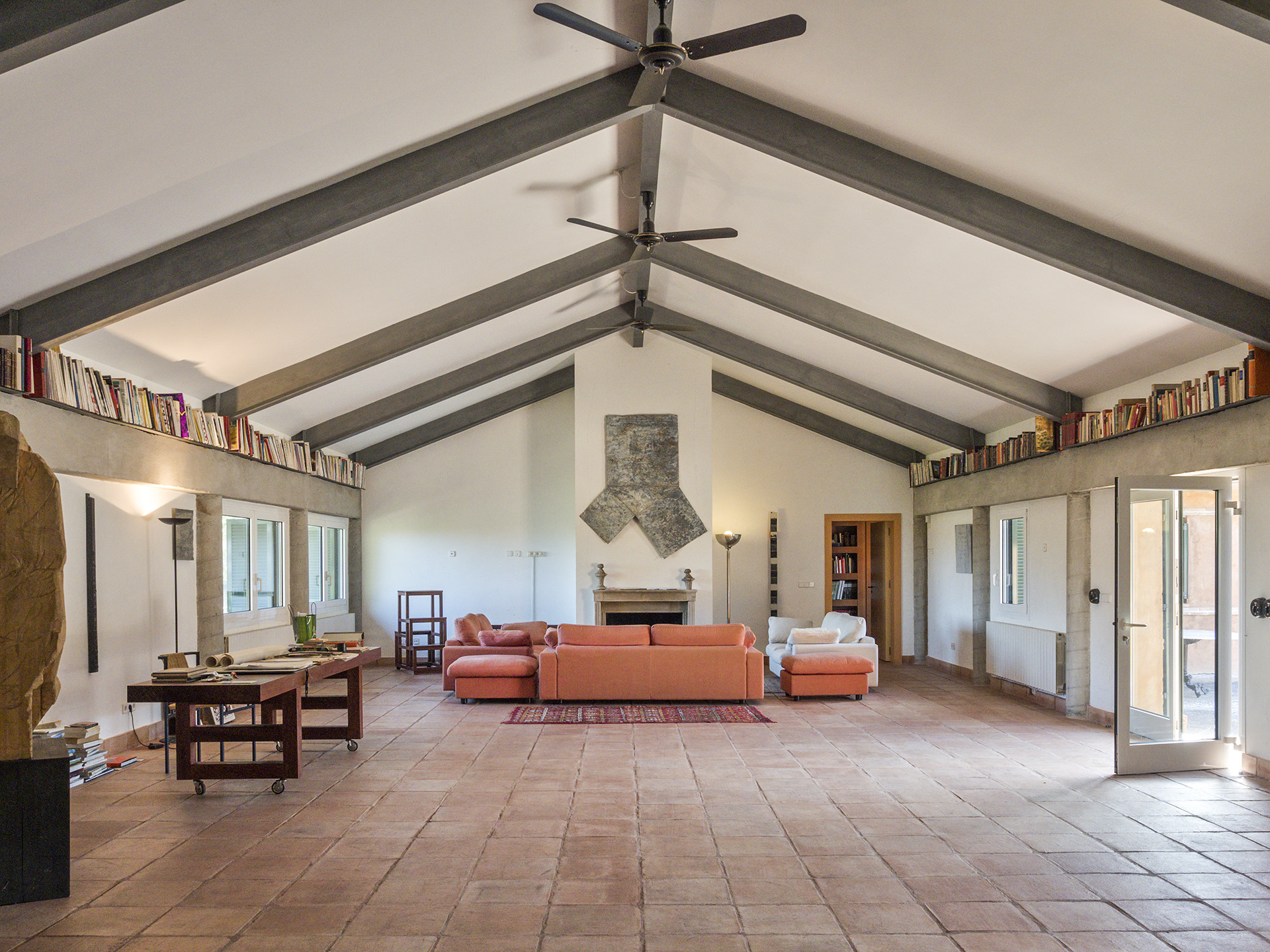
We now move on to this spectacular country estate, just half an hour from Madrid and boasting far-reaching views over the mountains, the El Escorial Monastery and the Madrid skyline.
The El Escorial Monastery was declared a UNESCO World Heritage Site in 1984. Its austere style represented a decisive break with prevailing architectural trends, and El Escorial subsequently exerted an enormous influence on Spanish architecture for more than half a century.
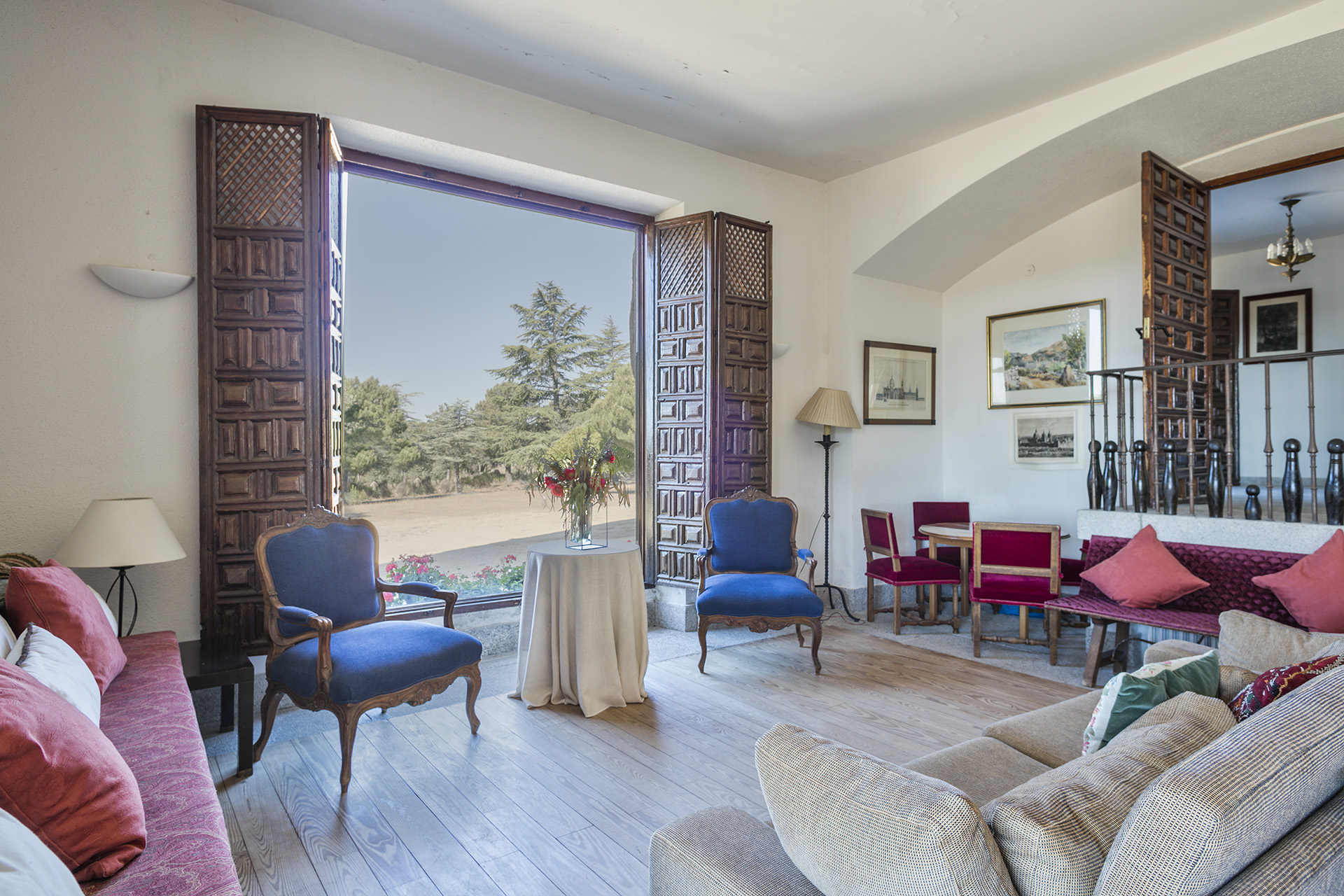
Upon arriving in Segovia, we are dazzled by its extraordinarily well-preserved aqueduct, and head on into its historic centre to visit more of its world-famous treasures.
Not far from here, we find an extraordinary castle with an illustrious past. This historical property — built primarily in the Gothic-Mudejar style with nods to Moorish, Elizabethan and Neo-Classical influences — cuts a fine figure with its crenelated turrets, draped in ivy and rising theatrically from a sea of parkland.
Now beautifully restored and in impeccable condition, it would be ideal for housing a spectacular luxury hotel and conference venue and is just 75 km from Madrid.
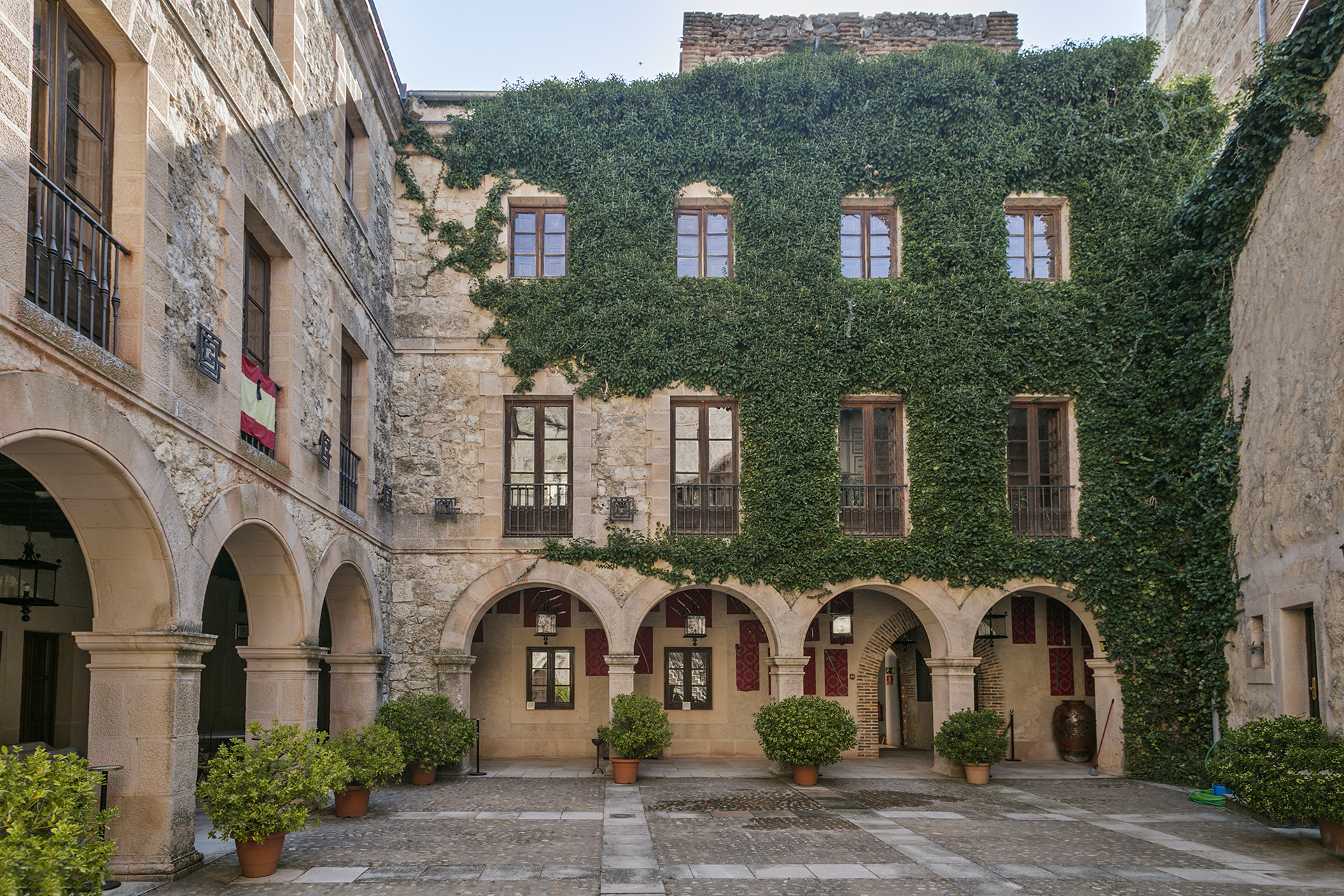
We press on to the strategically located town of Cuellar, situated between Segovia and Valladolid. Here we discover a unique convent, previously owned by the order founded by Francisca de la Cueva, Countess of Luna and daughter of the third Duke of Albuquerque.
Sensitively restored by a devoted owner, this unique convent could be truly exceptional: a labour of love with the promise of an immeasurable reward.
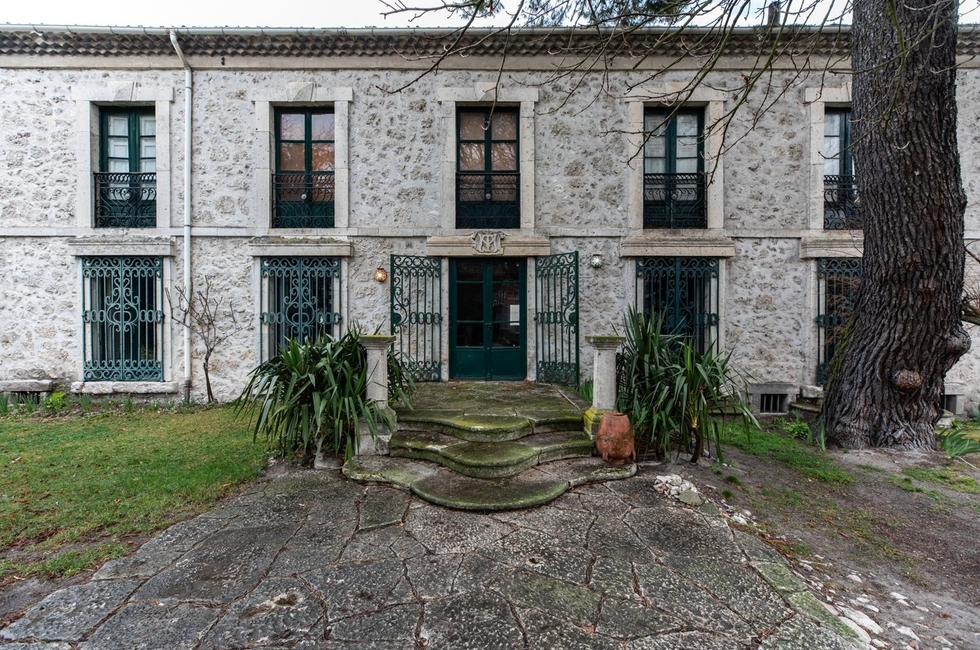
Our next home takes us back to the Middle Ages, and where better to do so than just 50km outside of Cáceres, a city whose architecture tells the tale of the battles between the Moors and the Christians. This unique period townhouse features a breaktaking decorative façade and extensive gardens with huge potential.
Inside, we find ourselves stepping into a time capsule of traditional craftmanship, where stone, tile and wrought iron combine to stately effect.
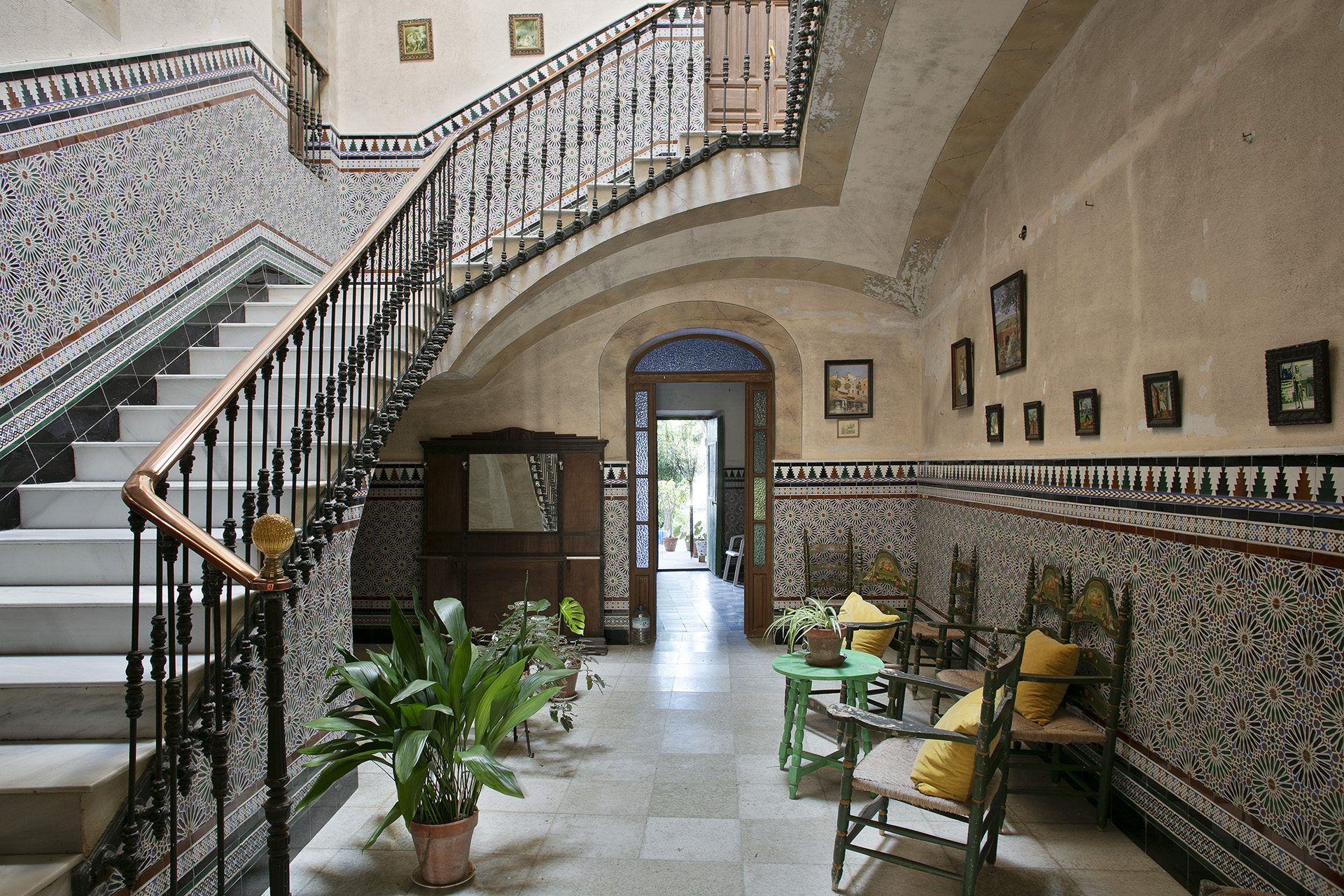
Our journey comes to a close with this exclusive cortijo. Exuding the spirit of Al-Andalus, the farmstead affords unrivalled views of the historic city of Granada and the breathtaking Alhambra palace.
Refurbished in 2000, this unique property represents an unbeatable setting for an intimate boutique hotel with services to satisfy even the most discerning of travellers.
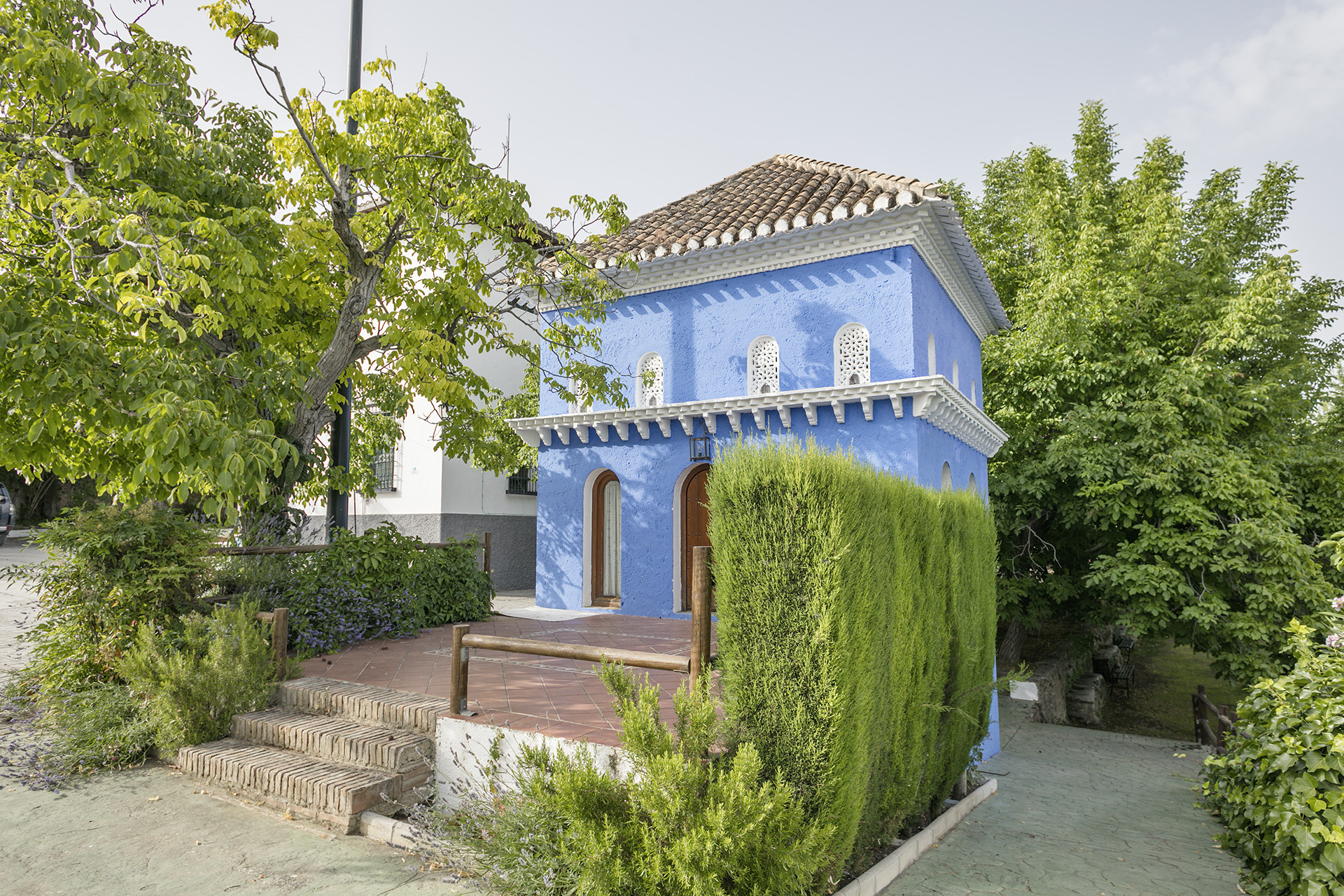
We hope you enjoyed the tour, and that its brief introduction to our history has inspired you to find out more. If you would like to experience it first-hand, The Singular Space would be delighted to introduce you to some of the finest historical properties that Spain has to offer.
